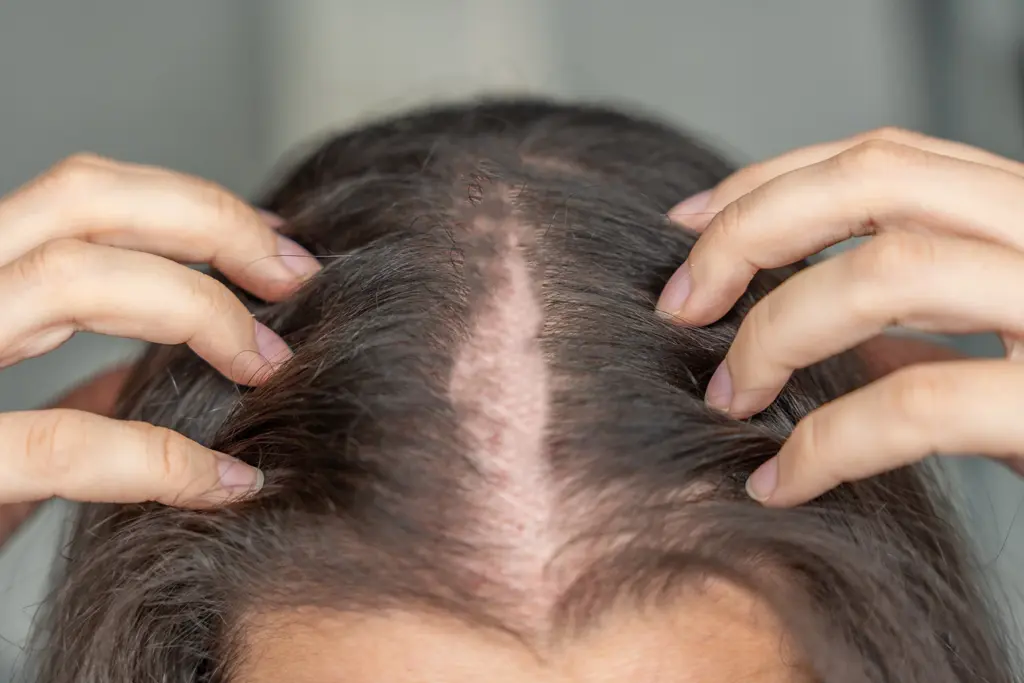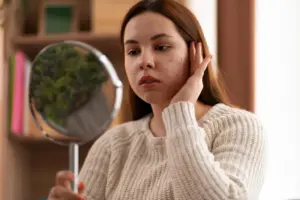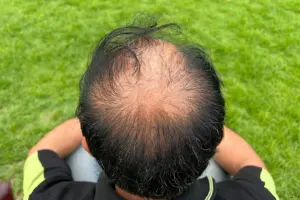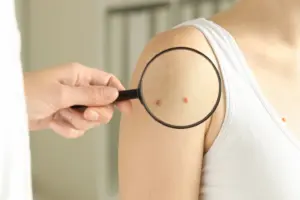
Alopecia areata: Have you noticed small, round patches of hair suddenly falling out? Maybe someone you know has coin-sized bald spots? This could point to alopecia areata, an autoimmune form of hair loss. In simple terms, the immune system mistakenly attacks the hair follicles, leading to shedding. It isn’t caused by stress, shampoo, or a poor diet alone; it stems from deeper immune processes within the body.
What is alopecia areata?
Alopecia areata is an autoimmune condition. Normally, your immune system defends you against viruses and bacteria, but in autoimmune diseases, it mistakenly attacks healthy tissues. Here, it targets the hair follicles, the tiny structures under the skin where hair grows, causing hair to fall out, often in smooth, round patches. Some people lose a few small areas, while others may lose all scalp hair. It can begin suddenly and at any age, including in children.
Also Read | Hair fall or hair loss? How to tell the difference and what it means
What causes alopecia areata?
The exact cause of alopecia areata isn’t fully understood. It’s an autoimmune condition in which the body mistakenly attacks its hair follicles, and genetics appear to play a role, as it can run in families. Stress isn’t the root cause, but it may act as a trigger or make flare-ups worse. Alopecia areata can also occur alongside other autoimmune conditions, such as thyroid disorders, vitiligo, type 1 diabetes, or lupus.
What does alopecia areata look like?
Alopecia areata often starts with one or more coin-sized bald patches, and some people feel mild tingling or itching in the area before shedding begins. In more advanced cases, the hair loss can spread, potentially affecting eyebrows, eyelashes, or even beard hair.
Is alopecia areata contagious?
Alopecia areata is not contagious and not caused by poor hygiene. It stems from immune system changes, not personal habits.

How is alopecia areata diagnosed?
If you suspect alopecia areata, see your doctor. They’ll assess the pattern of hair loss, examine your skin and nails, review your medical history, or order a scalp biopsy.
How is alopecia areata treated?
Treatment depends on age, severity, and areas involved. Small, recent patches may regrow on their own. For faster, targeted regrowth, dermatologists often use injections into the patches.
Also Read | From thinning to dullness: 6 hair changes that signal health issues
Living with alopecia areata can be challenging. Many people see regrowth, sometimes even without treatment, and new therapies are emerging as research advances.








